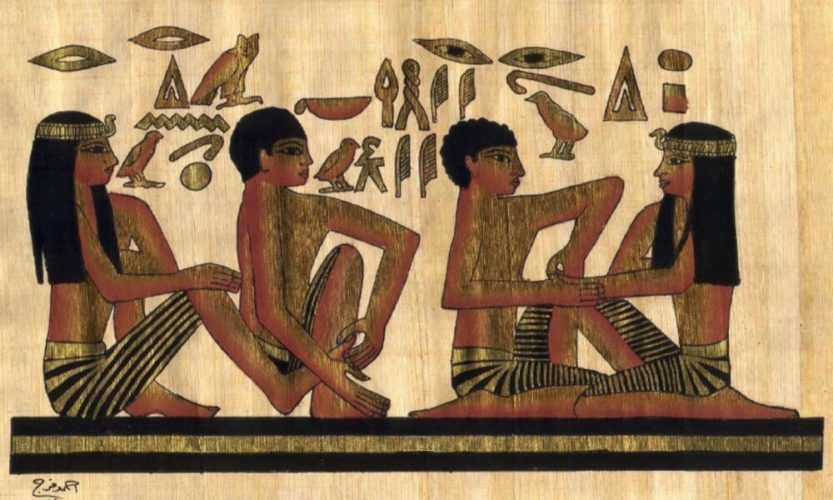Manicure, the art and science of caring for and beautifying the nails, has a rich and fascinating history that spans across ancient civilizations to the modern era. In this article, we will delve into the evolution of manicure techniques, tools, and trends, exploring how this practice has evolved over time.
Ancient Beginnings
The origins of manicure can be traced back to ancient civilizations such as Egypt, Mesopotamia, and China, where nail care was an integral part of personal grooming. Archaeological findings have revealed that ancient Egyptians used various tools to shape and decorate their nails, including gold and silver manicure sticks. They also used natural dyes to color their nails, with henna being a popular choice. In Mesopotamia, people would use sharpened reeds and stones to shape their nails, while in China, nail care was seen as a symbol of social status, with the use of intricate nail art designs.
Middle Ages and Renaissance
During the Middle Ages, manicure practices took a backseat as attention shifted away from personal grooming. The focus was more on practicality and survival rather than beauty and aesthetics. However, in the Renaissance period, there was a renewed interest in beauty and self-expression, leading to a revival of manicure techniques. Noblewomen of the time would use bone, ivory, or silver tools to shape and polish their nails. They would also apply natural substances like egg whites and beeswax to strengthen and protect their nails.
Modern Advances
The modern history of manicure can be traced back to the late 19th century. In 1878, the first nail salon opened in France, signaling the beginning of a new era in nail care. Advancements in technology and the introduction of new materials revolutionized the industry. Metal nail files replaced the traditional stone or glass files, making nail shaping easier and more precise. Porcelain nail polish containers were introduced, providing a more convenient and hygienic way of storing and applying nail polish. The invention of the electric nail drill in the 1950s further revolutionized manicure techniques, allowing for more efficient and precise nail shaping.
Nail Polish Revolution
One of the most significant developments in the history of manicure was the invention of nail polish. In the early 20th century, nail polish as we know it today was introduced, offering a wide range of colors and finishes. The first commercially available nail polish was created by a French makeup artist named Michelle Menard in the 1920s. This innovation transformed the way people approached nail care and allowed for greater creativity in nail art. Over the years, nail polish formulas have evolved, becoming more long-lasting, chip-resistant, and environmentally friendly.
Modern Manicure Trends
In recent decades, manicure has become a prominent part of fashion and self-expression. From elaborate nail art designs to the use of gel and acrylic enhancements, manicurists now have a vast array of techniques and products at their disposal. Nail technicians undergo specialized training to master these advanced techniques, such as 3D nail art, ombre nails, and nail extensions. Manicure has also become a professional career path, with nail technicians providing expert care and styling services in salons and spas. The introduction of gel and shellac manicures has revolutionized the industry, offering long-lasting and durable nail finishes that can withstand everyday wear and tear.
Conclusion
The history of manicure is a testament to human creativity and the desire for self-presentation. From ancient civilizations to the present day, the practice of manicure has evolved and adapted to reflect changing trends and beauty standards. As we continue to explore new techniques and innovations, the art of manicure will undoubtedly continue to evolve and captivate us. So, the next time you indulge in a manicure, take a moment to appreciate the rich history behind this beauty ritual.



